Weight lifting is a great way for women to improve their strength, tone, and overall health. It can help women:
- Build muscle
- Lose weight
- Improve bone density
- Reduce the risk of chronic diseases
- Increase their energy levels
- Feel more confident
Do women get too bulky from lifting weights?
A common misconception is that women who lift weights will become bulky and masculine. However, this is not true. Women do not produce as much testosterone as men, which is the hormone that causes muscle growth. In order to get bulky, women would need to lift very heavy weights for a long period of time.
This article will provide women with a comprehensive guide to weight lifting. It will cover everything from the benefits of weight lifting to how to choose the right weights and exercises. By following the advice in this article, women can safely and effectively build muscle and achieve their fitness goals.
If you are a woman who is looking to improve your strength, tone, and overall health, then weight lifting is a great option for you. This article will provide you with everything you need to know to get started.
Front Raise
The front raise is a compound exercise that targets the anterior deltoids, the front part of the shoulders. It is a great exercise for building strength and definition in the shoulders.
Instructions
- Stand with your feet shoulder-width apart, holding a dumbbell in each hand with your palms facing down.
- Keep your back straight and your core engaged.
- Raise the dumbbells up in front of you, keeping your elbows slightly bent.
- Continue raising the dumbbells until they are shoulder-height.
- Pause for a second, then slowly lower the dumbbells back to the starting position.
Tips
- Keep your back straight throughout the entire movement.
- Do not swing the dumbbells up; use your shoulders to lift them.
- Do not let your elbows flare out to the sides.
- If you are new to lifting weights, start with a light weight and gradually increase the weight as you get stronger.
Variations
- You can also do front raises with dumbbells in one hand at a time.
- You can also do front raises with a barbell.
Common Mistakes
- Using too much weight too soon can lead to injury.
- Swinging the dumbbells up instead of using your shoulders can also lead to injury.
- Letting your elbows flare out to the sides can put strain on your shoulders.
Safety
- Always warm up before lifting weights.
- Use a spotter if you are lifting heavy weights.
- Listen to your body and stop if you feel pain.
Number of Sets and Reps
A good starting point for the front raise is 3 sets of 8-12 repetitions. As you get stronger, you can increase the weight and the number of repetitions.
Here is an example of a front raise workout:
- Warm-up: 5 minutes of cardio and dynamic stretching
- Workout:
- 3 sets of 8-12 front raises
- 3 sets of 8-12 lateral raises
- 3 sets of 8-12 overhead presses
- Cool-down: 5 minutes of static stretching
Lateral Raise
The lateral raise is an isolation exercise that targets the lateral deltoids, the side part of the shoulders. It is a great exercise for building width and definition in the shoulders.
Instructions
- Stand with your feet shoulder-width apart, holding a dumbbell in each hand with your palms facing down.
- Keep your back straight and your core engaged.
- Raise the dumbbells up to the sides of your head, keeping your elbows slightly bent.
- Pause for a second, then slowly lower the dumbbells back to the starting position.
Tips
- Keep your back straight throughout the entire movement.
- Do not swing the dumbbells up; use your shoulders to lift them.
- Do not let your elbows flare out to the sides.
- If you are new to lifting weights, start with a light weight and gradually increase the weight as you get stronger.
Variations
- You can also do lateral raises with dumbbells in one hand at a time.
- You can also do lateral raises with a barbell.
Common Mistakes
- Using too much weight too soon can lead to injury.
- Swinging the dumbbells up instead of using your shoulders can also lead to injury.
- Letting your elbows flare out to the sides can put strain on your shoulders.
Safety
- Always warm up before lifting weights.
- Use a spotter if you are lifting heavy weights.
- Listen to your body and stop if you feel pain.
Number of Sets and Reps
A good starting point for the lateral raise is 3 sets of 8-12 repetitions. As you get stronger, you can increase the weight and the number of repetitions.
Here is an example of a lateral raise workout:
- Warm-up: 5 minutes of cardio and dynamic stretching
- Workout:
- 3 sets of 8-12 lateral raises
- 3 sets of 8-12 front raises
- 3 sets of 8-12 overhead presses
- Cool-down: 5 minutes of static stretching
Tricep Extension
The tricep extension is an isolation exercise that targets the triceps brachii, the back of the upper arm. It is a great exercise for building size and strength in the triceps.
Instructions
- Stand with your feet shoulder-width apart, holding a dumbbell in each hand with your palms facing up.
- Bend your elbows and bring the dumbbells up to your shoulders, keeping your upper arms close to your sides.
- Extend your elbows and straighten your arms, keeping your upper arms close to your sides.
- Pause for a second, then slowly bend your elbows and return to the starting position.
Tips
- Keep your back straight throughout the entire movement.
- Do not swing the dumbbells up; use your triceps to lift them.
- Do not let your elbows flare out to the sides.
- If you are new to lifting weights, start with a light weight and gradually increase the weight as you get stronger.
Variations
- You can also do tricep extensions with a barbell.
- You can also do tricep extensions with a cable machine.
Common Mistakes
- Using too much weight too soon can lead to injury.
- Swinging the dumbbells up instead of using your triceps can also lead to injury.
- Letting your elbows flare out to the sides can put strain on your triceps.
Safety
- Always warm up before lifting weights.
- Use a spotter if you are lifting heavy weights.
- Listen to your body and stop if you feel pain.
Number of Sets and Reps
A good starting point for the tricep extension is 3 sets of 8-12 repetitions. As you get stronger, you can increase the weight and the number of repetitions.
Here is an example of a tricep extension workout:
- Warm-up: 5 minutes of cardio and dynamic stretching
- Workout:
- 3 sets of 8-12 tricep extensions
- 3 sets of 8-12 close-grip bench press
- 3 sets of 8-12 overhead triceps extensions
- Cool-down: 5 minutes of static stretching
Bicep Curl to Press
The bicep curl to press is a compound exercise that targets the biceps brachii, the front of the upper arm, and the triceps brachii, the back of the upper arm. It is a great exercise for building size and strength in both muscle groups.
Instructions
- Stand with your feet shoulder-width apart, holding a dumbbell in each hand with your palms facing up.
- Bend your elbows and bring the dumbbells up to your shoulders, keeping your upper arms close to your sides.
- Extend your elbows and straighten your arms, keeping your upper arms close to your sides.
- Pause for a second, then slowly bend your elbows and return to the starting position.
- Immediately after completing the bicep curl, press the dumbbells overhead, keeping your elbows slightly bent.
- Pause for a second, then slowly lower the dumbbells back to the starting position.
Tips
- Keep your back straight throughout the entire movement.
- Do not swing the dumbbells up; use your biceps and triceps to lift them.
- Do not let your elbows flare out to the sides.
- If you are new to lifting weights, start with a light weight and gradually increase the weight as you get stronger.
Variations
- You can also do bicep curl to press with a barbell.
- You can also do bicep curl to press with a cable machine.
Common Mistakes
- Using too much weight too soon can lead to injury.
- Swinging the dumbbells up instead of using your biceps and triceps can also lead to injury.
- Letting your elbows flare out to the sides can put strain on your biceps and triceps.
Safety
- Always warm up before lifting weights.
- Use a spotter if you are lifting heavy weights.
- Listen to your body and stop if you feel pain.
Number of Sets and Reps
A good starting point for the bicep curl to press is 3 sets of 8-12 repetitions. As you get stronger, you can increase the weight and the number of repetitions.
Here is an example of a bicep curl to press workout:
- Warm-up: 5 minutes of cardio and dynamic stretching
- Workout:
- 3 sets of 8-12 bicep curl to press
- 3 sets of 8-12 hammer curls
- 3 sets of 8-12 concentration curls
- Cool-down: 5 minutes of static stretching
Hammer Curl Press
The hammer curl press is a compound exercise that targets the biceps brachii, the front of the upper arm, and the triceps brachii, the back of the upper arm. It is a great exercise for building size and strength in both muscle groups.
Instructions
- Stand with your feet shoulder-width apart, holding a dumbbell in each hand with your palms facing each other.
- Bend your elbows and bring the dumbbells up to your shoulders, keeping your upper arms close to your sides.
- Extend your elbows and straighten your arms, keeping your upper arms close to your sides.
- Pause for a second, then slowly bend your elbows and return to the starting position.
- Immediately after completing the hammer curl, press the dumbbells overhead, keeping your elbows slightly bent.
- Pause for a second, then slowly lower the dumbbells back to the starting position.
Tips
- Keep your back straight throughout the entire movement.
- Do not swing the dumbbells up; use your biceps and triceps to lift them.
- Do not let your elbows flare out to the sides.
- If you are new to lifting weights, start with a light weight and gradually increase the weight as you get stronger.
Variations
- You can also do hammer curl press with a barbell.
- You can also do hammer curl press with a cable machine.
Common Mistakes
- Using too much weight too soon can lead to injury.
- Swinging the dumbbells up instead of using your biceps and triceps can also lead to injury.
- Letting your elbows flare out to the sides can put strain on your biceps and triceps.
Safety
- Always warm up before lifting weights.
- Use a spotter if you are lifting heavy weights.
- Listen to your body and stop if you feel pain.
Number of Sets and Reps
A good starting point for the hammer curl press is 3 sets of 8-12 repetitions. As you get stronger, you can increase the weight and the number of repetitions.
Here is an example of a hammer curl press workout:
- Warm-up: 5 minutes of cardio and dynamic stretching
- Workout:
- 3 sets of 8-12 hammer curl press
- 3 sets of 8-12 dumbbell rows
- 3 sets of 8-12 triceps extensions
- Cool-down: 5 minutes of static stretching
Glute Bridge Chest Press:
The Glute Bridge Chest Press is a compound exercise that targets the chest, shoulders, glutes, and hamstrings. It is a great exercise for building size and strength in all of these muscle groups.
Instructions
- Lie on your back on a bench or the floor with your knees bent and your feet flat on the ground.
- Place a dumbbell in each hand, one on each side of your chest with your palms facing down.
- Raise your hips up off the ground until your body forms a straight line from your shoulders to your knees.
- Press the dumbbells up over your chest, keeping your elbows slightly bent.
- Pause for a second, then slowly lower the dumbbells back to the starting position.
Tips
- Keep your back straight throughout the entire movement.
- Do not arch your back.
- Do not let your elbows flare out to the sides.
- If you are new to lifting weights, start with a light weight and gradually increase the weight as you get stronger.
Variations
- You can also do the Glute Bridge Chest Press with a barbell.
- You can also do the Glute Bridge Chest Press with one dumbbell in each hand.
Common Mistakes
- Arching your back can put strain on your lower back.
- Letting your elbows flare out to the sides can put strain on your shoulders.
Safety
- Always warm up before lifting weights.
- Use a spotter if you are lifting heavy weights.
- Listen to your body and stop if you feel pain.
Number of Sets and Reps
A good starting point for the Glute Bridge Chest Press is 3 sets of 8-12 repetitions. As you get stronger, you can increase the weight and the number of repetitions.
Here is an example of a Glute Bridge Chest Press workout:
- Warm-up: 5 minutes of cardio and dynamic stretching
- Workout:
- 3 sets of 8-12 Glute Bridge Chest Press
- 3 sets of 8-12 dumbbell rows
- 3 sets of 8-12 triceps extensions
- Cool-down: 5 minutes of static stretching
Bent Over Flys
The Bent Over Flys is an isolation exercise that targets the latissimus dorsi, the large muscle that runs along the back of your upper body. It is a great exercise for building width and definition in the lats.
Instructions
- Stand with your feet shoulder-width apart, holding a dumbbell in each hand with your palms facing down.
- Bend at the waist so that your torso is parallel to the floor.
- Keep your back straight and your core engaged.
- Slowly lower the dumbbells down to your sides, keeping your elbows slightly bent.
- Pause for a second, then slowly raise the dumbbells back to the starting position.
Tips
- Keep your back straight throughout the entire movement.
- Do not round your back.
- Do not let your elbows flare out to the sides.
- If you are new to lifting weights, start with a light weight and gradually increase the weight as you get stronger.
Variations
- You can also do Bent Over Flys with a barbell.
- You can also do Bent Over Flys with one dumbbell in each hand.
Common Mistakes
- Rounded back can put strain on your lower back.
- Elbows flaring out to the sides can put strain on your shoulders.
Safety
- Always warm up before lifting weights.
- Use a spotter if you are lifting heavy weights.
- Listen to your body and stop if you feel pain.
Number of Sets and Reps
A good starting point for the Bent Over Flys is 3 sets of 8-12 repetitions. As you get stronger, you can increase the weight and the number of repetitions.
Here is an example of a Bent Over Flys workout:
- Warm-up: 5 minutes of cardio and dynamic stretching
- Workout:
- 3 sets of 8-12 Bent Over Flys
- 3 sets of 8-12 rows
- 3 sets of 8-12 pull-ups
- Cool-down: 5 minutes of static stretching
Renegade Row
The Renegade Row is a compound exercise that targets the back, biceps, and core. It is a great exercise for building strength and stability in all of these muscle groups.
Instructions
- Start in a plank position with your feet shoulder-width apart and your hands shoulder-width apart.
- Hold a dumbbell in each hand with your palms facing down.
- Row one dumbbell up to your chest, keeping your back straight and your core engaged.
- Lower the dumbbell back to the starting position.
- Repeat on the other side.
Tips
- Keep your back straight throughout the entire movement.
- Do not round your back.
- Do not let your hips sag.
- If you are new to lifting weights, start with a light weight and gradually increase the weight as you get stronger.
Variations
- You can also do Renegade Rows with a barbell.
- You can also do Renegade Rows with one dumbbell in each hand.
Common Mistakes
- Rounded back can put strain on your lower back.
- Sagging hips can put strain on your lower back.
- Letting your elbows flare out to the sides can put strain on your shoulders.
Safety
- Always warm up before lifting weights.
- Use a spotter if you are lifting heavy weights.
- Listen to your body and stop if you feel pain.
Number of Sets and Reps
A good starting point for the Renegade Row is 3 sets of 8-12 repetitions. As you get stronger, you can increase the weight and the number of repetitions.
Here is an example of a Renegade Row workout:
- Warm-up: 5 minutes of cardio and dynamic stretching
- Workout:
- 3 sets of 8-12 Renegade Rows
- 3 sets of 8-12 pull-ups
- 3 sets of 8-12 rows
- Cool-down: 5 minutes of static stretching
Full Body Crunch
The Full Body Crunch is a compound exercise that targets the entire core, including the rectus abdominis (the six-pack muscle), the obliques, and the transverse abdominis. It is a great exercise for building strength and definition in the core.
Instructions
- Lie on your back with your knees bent and your feet flat on the ground.
- Place your hands behind your head with your elbows pointing out to the sides.
- Lift your upper body and legs off the ground, keeping your core engaged.
- Pause for a second, then slowly lower your body back to the starting position.
Tips
- Keep your core engaged throughout the entire movement.
- Do not let your lower back arch.
- Do not let your head drop back.
- If you are new to lifting weights, start with a light weight and gradually increase the weight as you get stronger.
Variations
- You can also do Full Body Crunches with a weight plate on your chest.
- You can also do Full Body Crunches with your feet elevated on a bench or chair.
Common Mistakes
- Arching your lower back can put strain on your back.
- Letting your head drop back can put strain on your neck.
- Not engaging your core can make the exercise less effective.
Safety
- Always warm up before lifting weights.
- Listen to your body and stop if you feel pain.
Number of Sets and Reps
A good starting point for the Full Body Crunch is 3 sets of 10-12 repetitions. As you get stronger, you can increase the number of sets and repetitions.
Here is an example of a Full Body Crunch workout:
- Warm-up: 5 minutes of cardio and dynamic stretching
- Workout:
- 3 sets of 10-12 Full Body Crunches
- 3 sets of 10-12 Russian Twists
- 3 sets of 10-12 Planks
- Cool-down: 5 minutes of static stretching
Ab In And Out
The Ab In And Out is a compound exercise that targets the obliques, the muscles that run along the sides of your torso. It is a great exercise for building strength and definition in the obliques.
Instructions
- Lie on your side with your legs straight and your feet stacked on top of each other.
- Place your hands behind your head with your elbows pointing out to the sides.
- Lift your upper body off the ground, bringing your elbow towards your opposite knee.
- Pause for a second, then slowly lower your body back to the starting position.
- Repeat on the other side.
Tips
- Keep your core engaged throughout the entire movement.
- Do not let your hips sag.
- Do not let your head drop back.
- If you are new to lifting weights, start with a light weight and gradually increase the weight as you get stronger.
Variations
- You can also do Ab In And Outs with a weight plate on your chest.
- You can also do Ab In And Outs with your feet elevated on a bench or chair.
Common Mistakes
- Letting your hips sag can put strain on your lower back.
- Letting your head drop back can put strain on your neck.
- Not engaging your core can make the exercise less effective.
Safety
- Always warm up before lifting weights.
- Listen to your body and stop if you feel pain.
Number of Sets and Reps
A good starting point for the Ab In And Out is 3 sets of 10-12 repetitions on each side. As you get stronger, you can increase the number of sets and repetitions.
Here is an example of an Ab In And Out workout:
- Warm-up: 5 minutes of cardio and dynamic stretching
- Workout:
- 3 sets of 10-12 Ab In And Outs on each side
- 3 sets of 10-12 Russian Twists
- 3 sets of 10-12 Planks
- Cool-down: 5 minutes of static stretching
Dumbbell Russian Twist
The Dumbbell Russian Twist is a compound exercise that targets the obliques, the muscles that run along the sides of your torso. It is a great exercise for building strength and definition in the obliques.
Instructions
- Sit on the floor with your knees bent and your feet flat on the ground.
- Hold a dumbbell in each hand with your palms facing down.
- Lean back slightly so that your back is at a 45-degree angle to the floor.
- Twist your torso from side to side, bringing the dumbbells up and over your head.
- Pause for a second at the top of each twist, then slowly return to the starting position.
Tips
- Keep your core engaged throughout the entire movement.
- Do not let your back arch.
- Do not let your hips sag.
- If you are new to lifting weights, start with a light weight and gradually increase the weight as you get stronger.
Variations
- You can also do Dumbbell Russian Twists with your feet elevated on a bench or chair.
- You can also do Dumbbell Russian Twists with one dumbbell in each hand.
Common Mistakes
- Arching your back can put strain on your lower back.
- Letting your hips sag can put strain on your lower back.
- Not engaging your core can make the exercise less effective.
Safety
- Always warm up before lifting weights.
- Listen to your body and stop if you feel pain.
Number of Sets and Reps
A good starting point for the Dumbbell Russian Twist is 3 sets of 10-12 repetitions. As you get stronger, you can increase the number of sets and repetitions.
Here is an example of a Dumbbell Russian Twist workout:
- Warm-up: 5 minutes of cardio and dynamic stretching
- Workout:
- 3 sets of 10-12 Dumbbell Russian Twists
- 3 sets of 10-12 Planks
- Cool-down: 5 minutes of static stretching
Weighted Side Plank
The Weighted Side Plank is a compound exercise that targets the obliques, the muscles that run along the sides of your torso. It is a great exercise for building strength and definition in the obliques.
Instructions
- Start in a side plank position with your weight on your forearm and your feet stacked on top of each other.
- Hold a dumbbell in your top hand with your arm extended overhead.
- Hold the position for the desired amount of time.
Tips
- Keep your core engaged throughout the entire movement.
- Do not let your hips sag.
- Do not let your body roll forward or backward.
- If you are new to lifting weights, start with a light weight and gradually increase the weight as you get stronger.
Variations
- You can also do Weighted Side Planks with your feet elevated on a bench or chair.
- You can also do Weighted Side Planks with one dumbbell in your top hand.
Common Mistakes
- Letting your hips sag can put strain on your lower back.
- Letting your body roll forward or backward can put strain on your shoulders.
- Not engaging your core can make the exercise less effective.
Safety
- Always warm up before lifting weights.
- Listen to your body and stop if you feel pain.
Number of Sets and Reps
A good starting point for the Weighted Side Plank is 3 sets of 30 seconds. As you get stronger, you can increase the number of sets and the amount of time you hold the position.
Example Workout
Here is an example of a Weighted Side Plank workout:
- Warm-up: 5 minutes of cardio and dynamic stretching
- Workout:
- 3 sets of 30 seconds of each side Weighted Side Plank
- 3 sets of 10-12 repetitions of Russian Twists
- Cool-down: 5 minutes of static stretching
Dumbbell Sumo Squat
The Dumbbell Sumo Squat is a compound exercise that targets the quads, hamstrings, glutes, and core. It is a great exercise for building strength and size in these muscle groups.
Instructions
- Stand with your feet wide apart, wider than shoulder-width, and your toes turned slightly outward.
- Hold a dumbbell in each hand with your arms extended in front of you.
- Squat down, keeping your back straight and your core engaged.
- Lower your body until your thighs are parallel to the floor.
- Stand back up to the starting position.
Tips
- Keep your back straight throughout the entire movement.
- Do not let your knees go past your toes.
- Do not let your hips sag.
- If you are new to lifting weights, start with a light weight and gradually increase the weight as you get stronger.
Variations
- You can also do Dumbbell Sumo Squats with your feet closer together.
- You can also do Dumbbell Sumo Squats with your feet elevated on a bench or chair.
Common Mistakes
- Rounded back can put strain on your lower back.
- Knees going past toes can put strain on your knees.
- Hips sagging can put strain on your lower back.
- Not engaging your core can make the exercise less effective.
Safety
- Always warm up before lifting weights.
- Listen to your body and stop if you feel pain.
Number of Sets and Reps
A good starting point for the Dumbbell Sumo Squat is 3 sets of 8-12 repetitions. As you get stronger, you can increase the number of sets and repetitions.
Here is an example of a Dumbbell Sumo Squat workout:
- Warm-up: 5 minutes of cardio and dynamic stretching
- Workout:
- 3 sets of 8-12 repetitions of Dumbbell Sumo Squats
- 3 sets of 10-12 repetitions of Leg Extensions
- Cool-down: 5 minutes of static stretching
Split Squats
The Split Squat is a compound exercise that targets the quads, hamstrings, glutes, and core. It is a great exercise for building strength and size in these muscle groups.
Instructions
- Stand with your feet shoulder-width apart and your toes turned slightly outward.
- Step forward with one leg and lower your body until your front thigh is parallel to the floor.
- Keep your back straight and your core engaged throughout the entire movement.
- Push off the front foot to return to the starting position.
- Repeat on the other side.
Tips
- Keep your back straight throughout the entire movement.
- Do not let your front knee go past your toes.
- Do not let your hips sag.
- If you are new to lifting weights, start with a light weight and gradually increase the weight as you get stronger.
Variations
- You can also do Split Squats with your back foot elevated on a bench or chair.
- You can also do Split Squats with dumbbells in each hand.
Common Mistakes
- Rounded back can put strain on your lower back.
- Knee going past toes can put strain on your knees.
- Hips sagging can put strain on your lower back.
- Not engaging your core can make the exercise less effective.
Safety
- Always warm up before lifting weights.
- Listen to your body and stop if you feel pain.
Number of Sets and Reps
A good starting point for the Split Squat is 3 sets of 8-12 repetitions on each leg. As you get stronger, you can increase the number of sets and repetitions.
Here is an example of a Split Squat workout:
- Warm-up: 5 minutes of cardio and dynamic stretching
- Workout:
- 3 sets of 8-12 repetitions of Split Squats on each leg
- 3 sets of 10-12 repetitions of Leg Extensions
- Cool-down: 5 minutes of static stretching
Dumbbell Reverse Lunges
The Dumbbell Reverse Lunge is a compound exercise that targets the quads, hamstrings, glutes, and core. It is a great exercise for building strength and size in these muscle groups.
Instructions
- Stand with your feet shoulder-width apart and your toes turned slightly outward.
- Step back with one leg and lower your body until your back knee almost touches the floor.
- Keep your back straight and your core engaged throughout the entire movement.
- Push off the back foot to return to the starting position.
- Repeat on the other side.
Tips
- Keep your back straight throughout the entire movement.
- Do not let your front knee go past your toes.
- Do not let your hips sag.
- If you are new to lifting weights, start with a light weight and gradually increase the weight as you get stronger.
Variations
- You can also do Dumbbell Reverse Lunges with your front foot elevated on a bench or chair.
- You can also do Dumbbell Reverse Lunges with dumbbells in each hand.
Common Mistakes
- Rounded back can put strain on your lower back.
- Knee going past toes can put strain on your knees.
- Hips sagging can put strain on your lower back.
- Not engaging your core can make the exercise less effective.
Safety
- Always warm up before lifting weights.
- Listen to your body and stop if you feel pain.
Number of Sets and Reps
A good starting point for the Dumbbell Reverse Lunge is 3 sets of 8-12 repetitions on each leg. As you get stronger, you can increase the number of sets and repetitions.
Example Workout
Here is an example of a Dumbbell Reverse Lunge workout:
- Warm-up: 5 minutes of cardio and dynamic stretching
- Workout:
- 3 sets of 8-12 repetitions of Dumbbell Reverse Lunges on each leg
- 3 sets of 10-12 repetitions of Leg Extensions
- Cool-down: 5 minutes of static stretching
How to lift weights effectively and safely
Here are some tips on how to lift weights effectively and safely:
Warm up thoroughly before lifting
A thorough warm-up will help to prepare your body for exercise and reduce your risk of injury. A good warm-up should include cardio and dynamic stretching.
Choose weights that are challenging but not too heavy
If you are new to lifting weights, start with a light weight and gradually increase the weight as you get stronger. It is important to be able to maintain good form with the weight you are lifting.
Perform exercises with proper technique
Proper form is essential for safety and effectiveness. If you are not sure how to do an exercise, ask a qualified personal trainer for help.
Breathe evenly throughout the workout
Breathing evenly will help you to maintain good form and avoid fatigue. Inhale as you lower the weight and exhale as you lift the weight.
Get enough rest
Your muscles need time to recover after a workout. Aim for at least 7-8 hours of sleep per night.
Create a workout plan
A workout plan will help you to track your progress and make sure that you are working all of the major muscle groups.
Eat a healthy diet
Eating a healthy diet will help you to fuel your workouts and recover from them. Make sure to get plenty of protein, complex carbohydrates, and healthy fats.
Here are some additional tips for lifting weights effectively and safely:
- Listen to your body and stop if you feel pain.
- Use proper form even when you are tired.
- Don’t be afraid to ask for help from a qualified personal trainer.
Conclusion
Lifting weights is a great way for women to achieve their fitness goals. It can help you to:
- Build strength and muscle
- Improve your metabolism
- Reduce your risk of injury
- Improve your bone health
- Boost your mood
- Enhance your overall health and well-being
If you are a woman who is looking to improve your physical and mental health, lifting weights is a great option. With proper form and technique, lifting weights can be a safe and effective way to achieve your fitness goals.
If you are new to lifting weights, it is important to start slowly and gradually increase the weight you are lifting as you get stronger. It is also important to consult with a qualified personal trainer to learn proper form and technique.
With a little effort and dedication, you can achieve your fitness goals and have a strong, healthy body that you can be proud of.
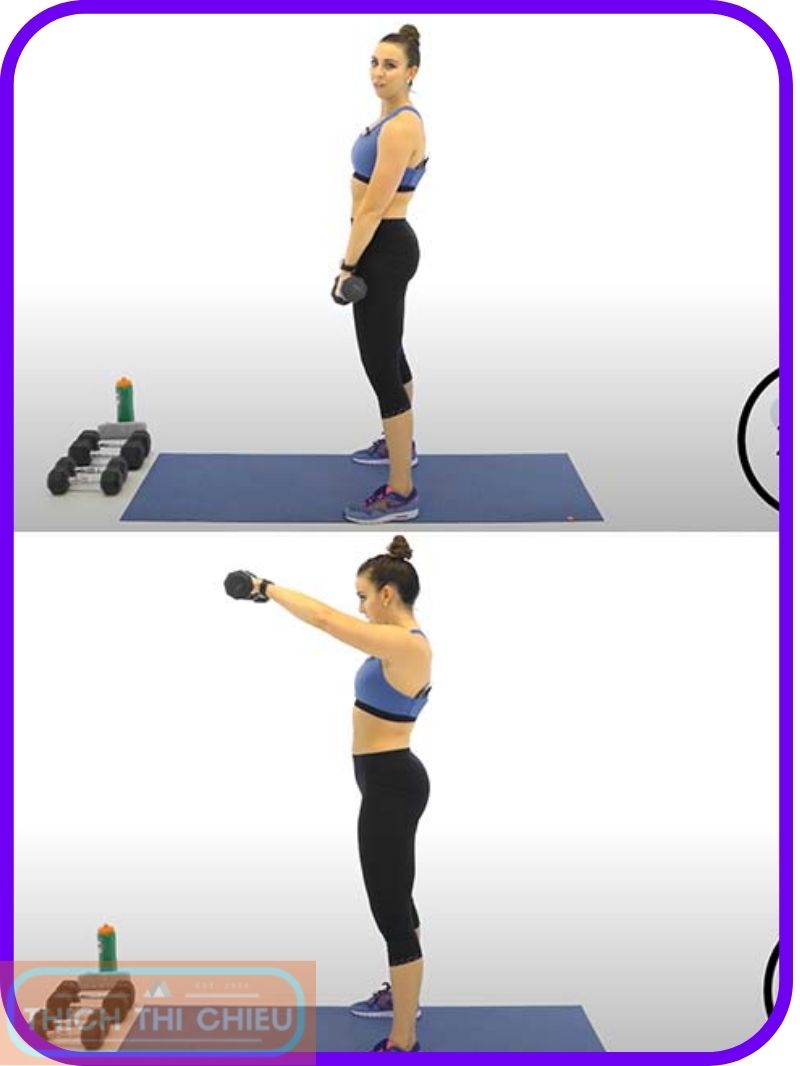
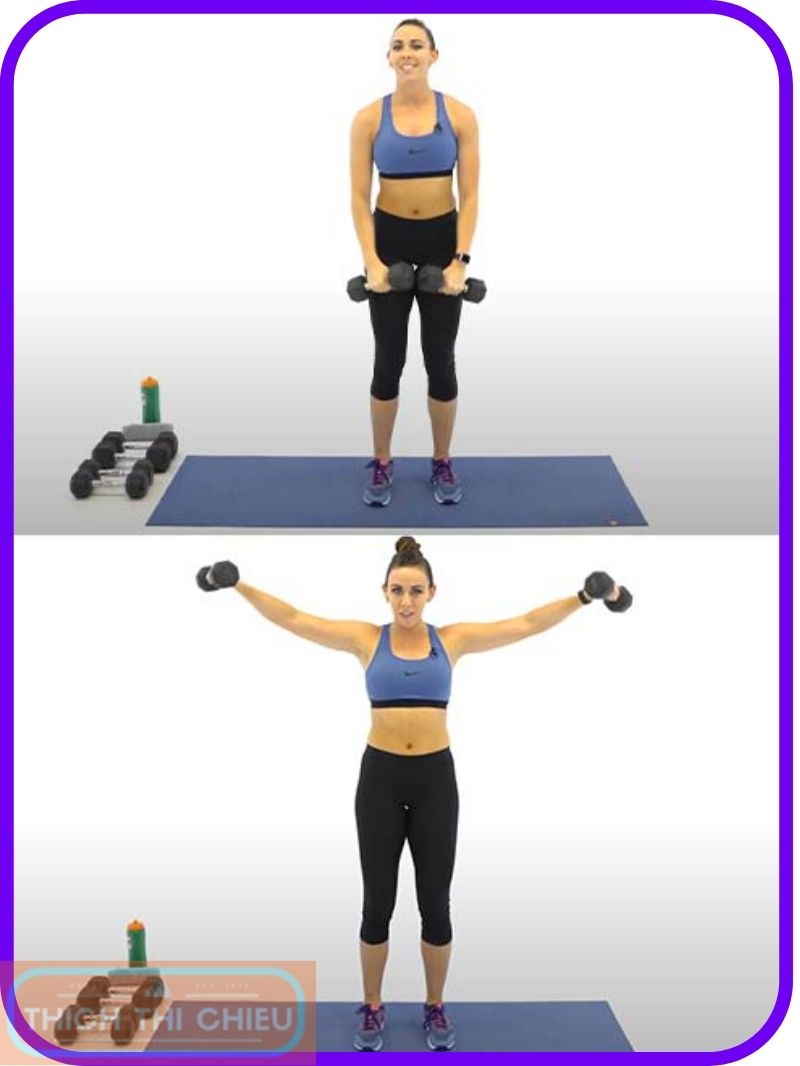
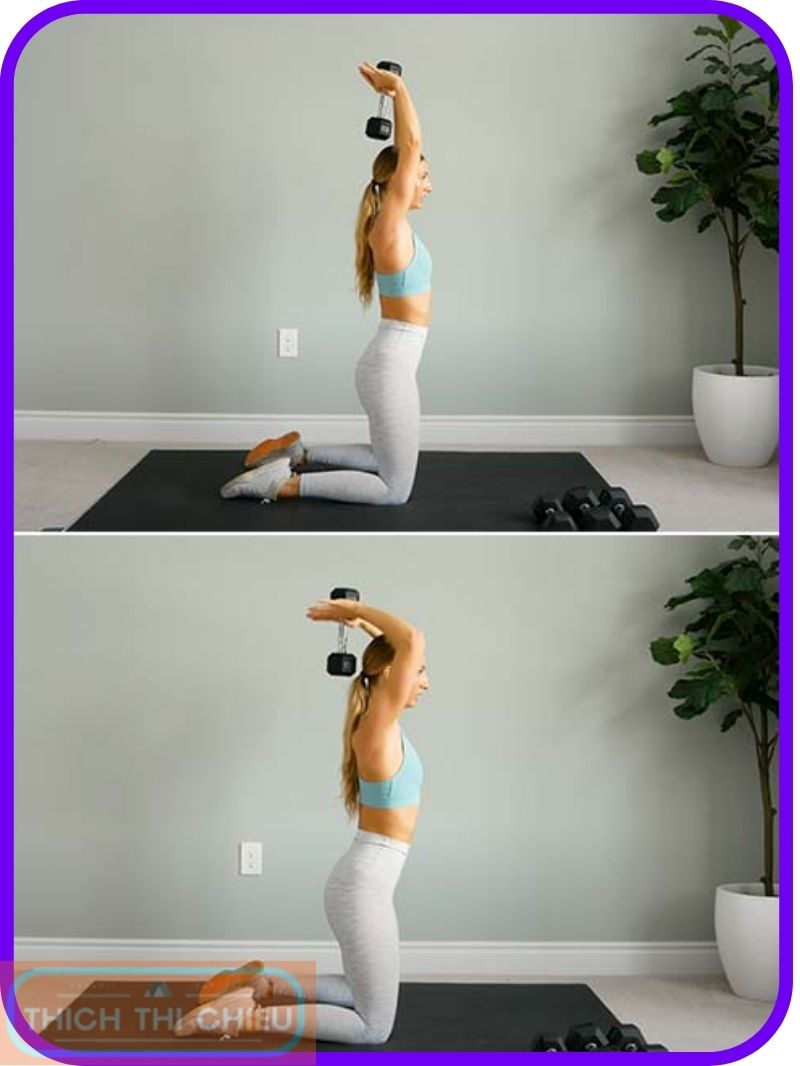
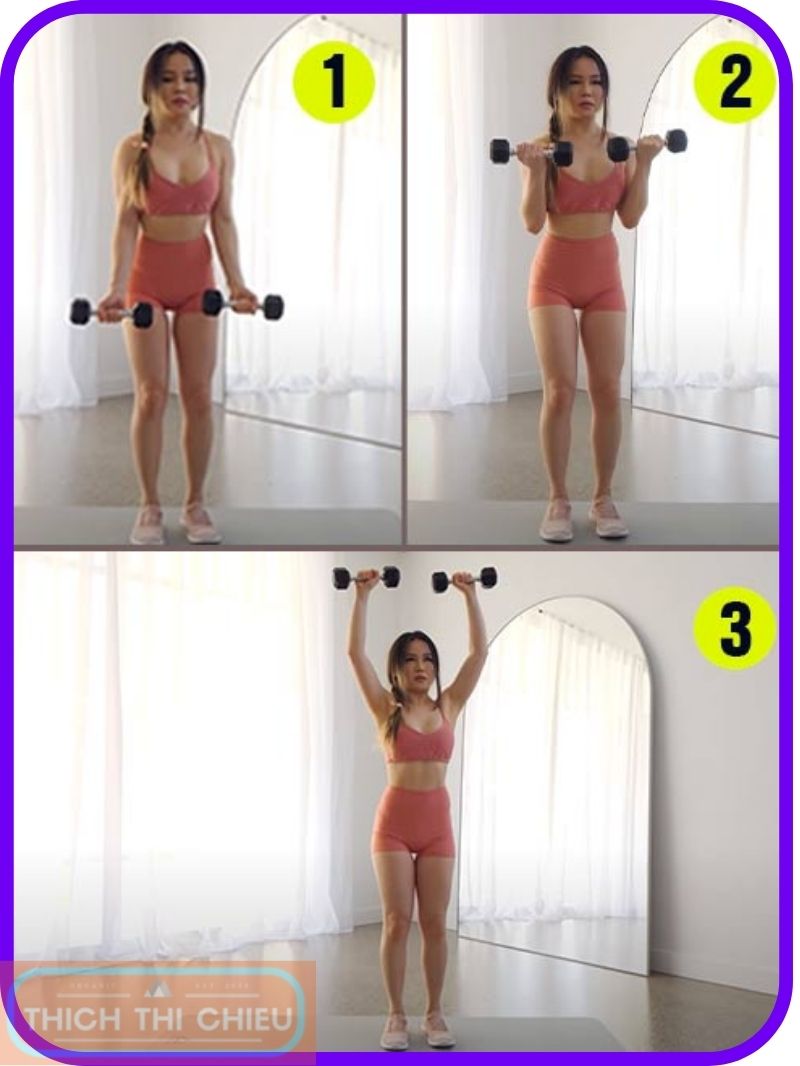
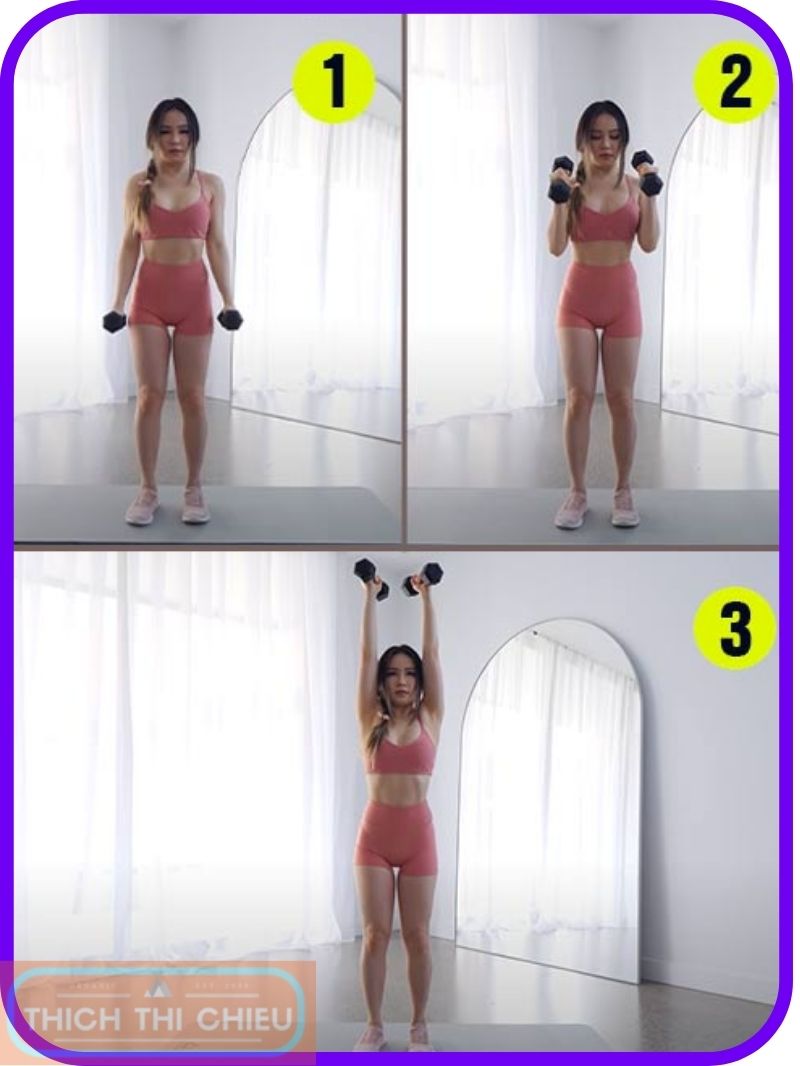
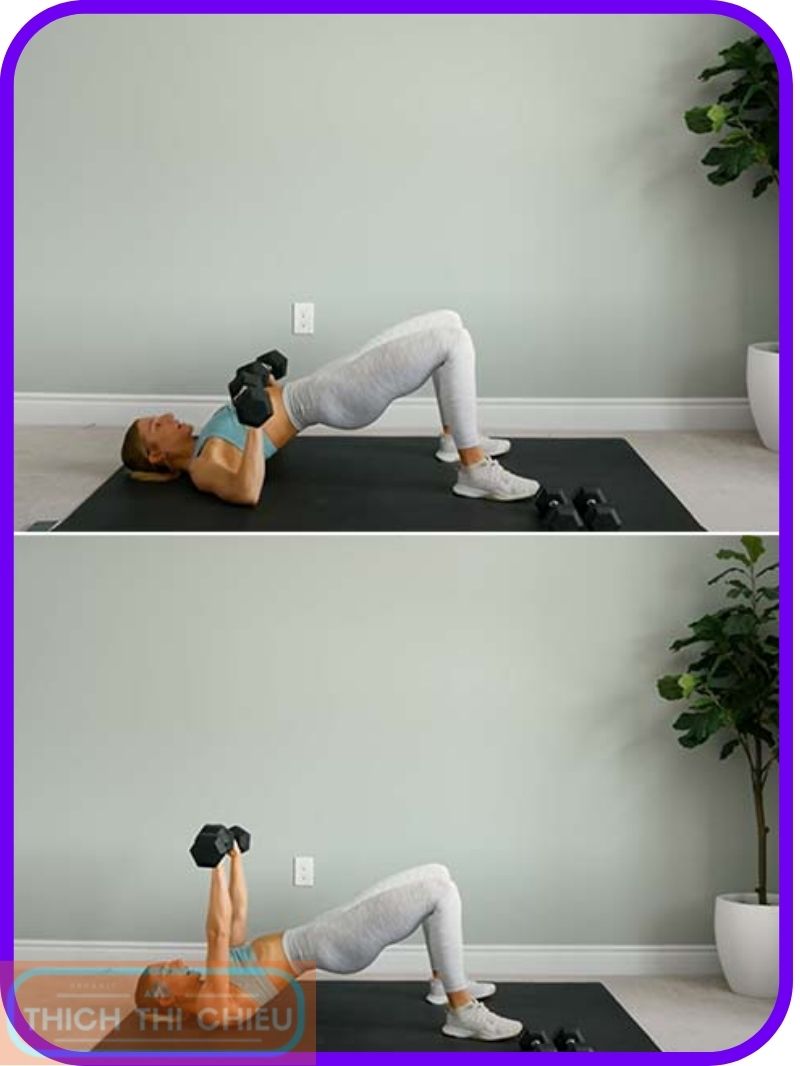
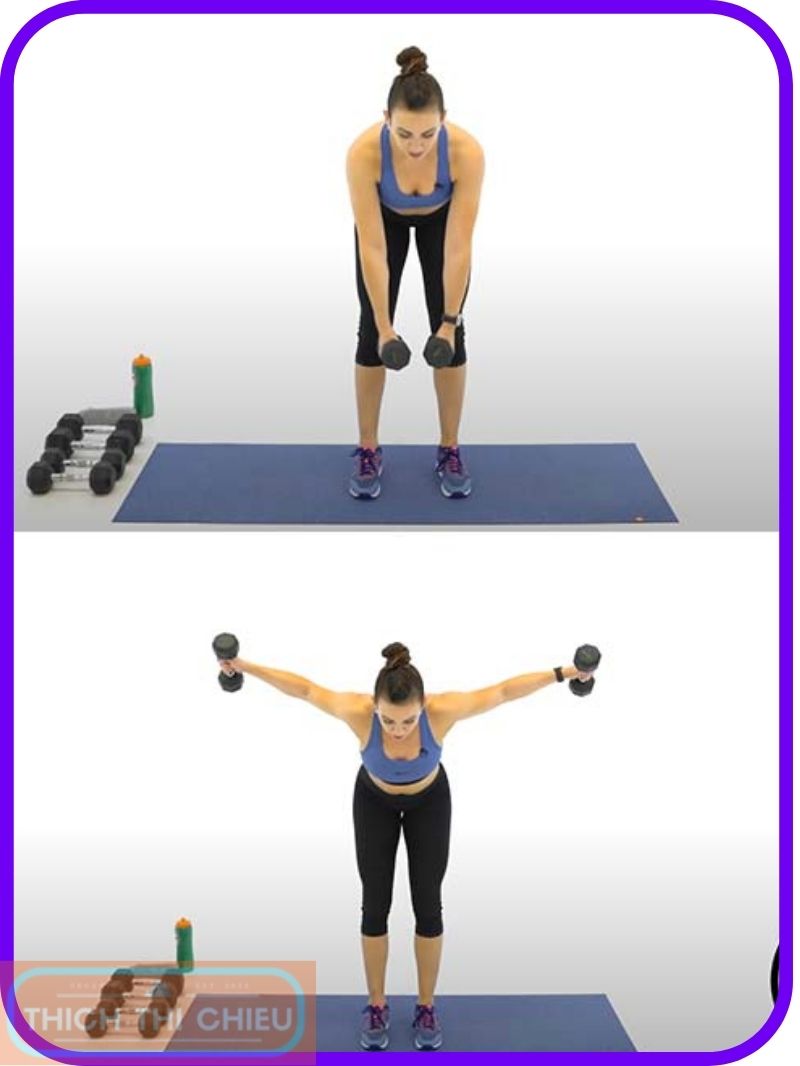
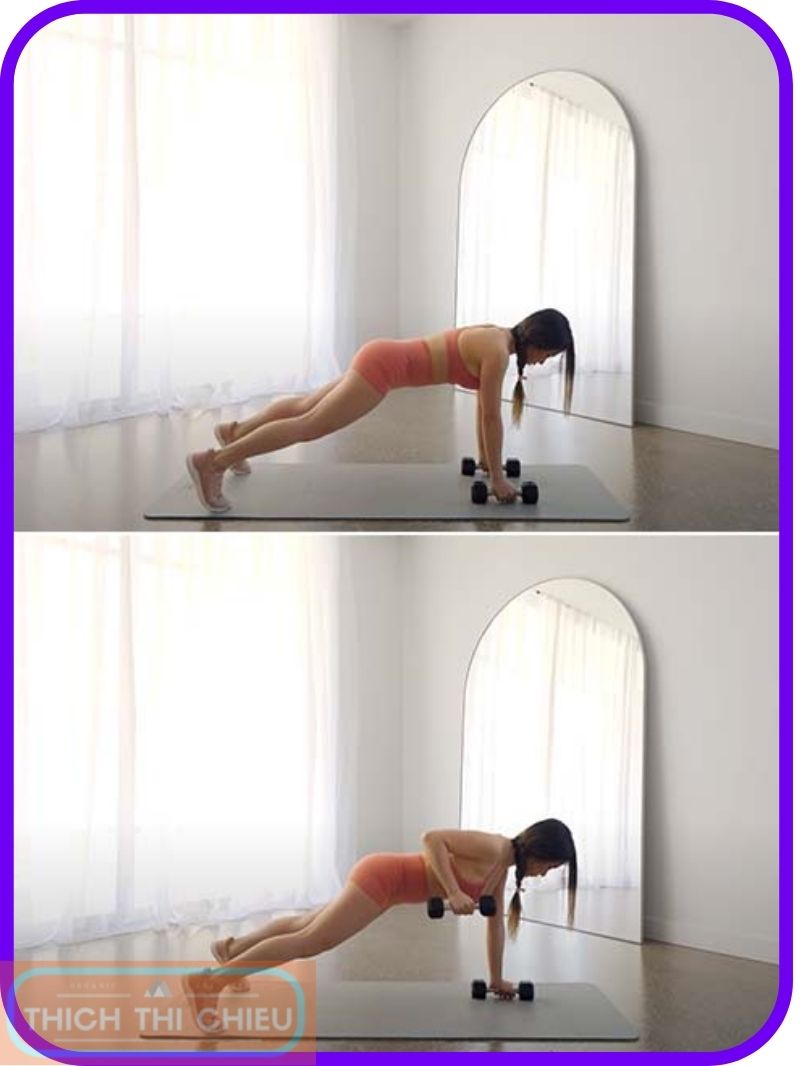
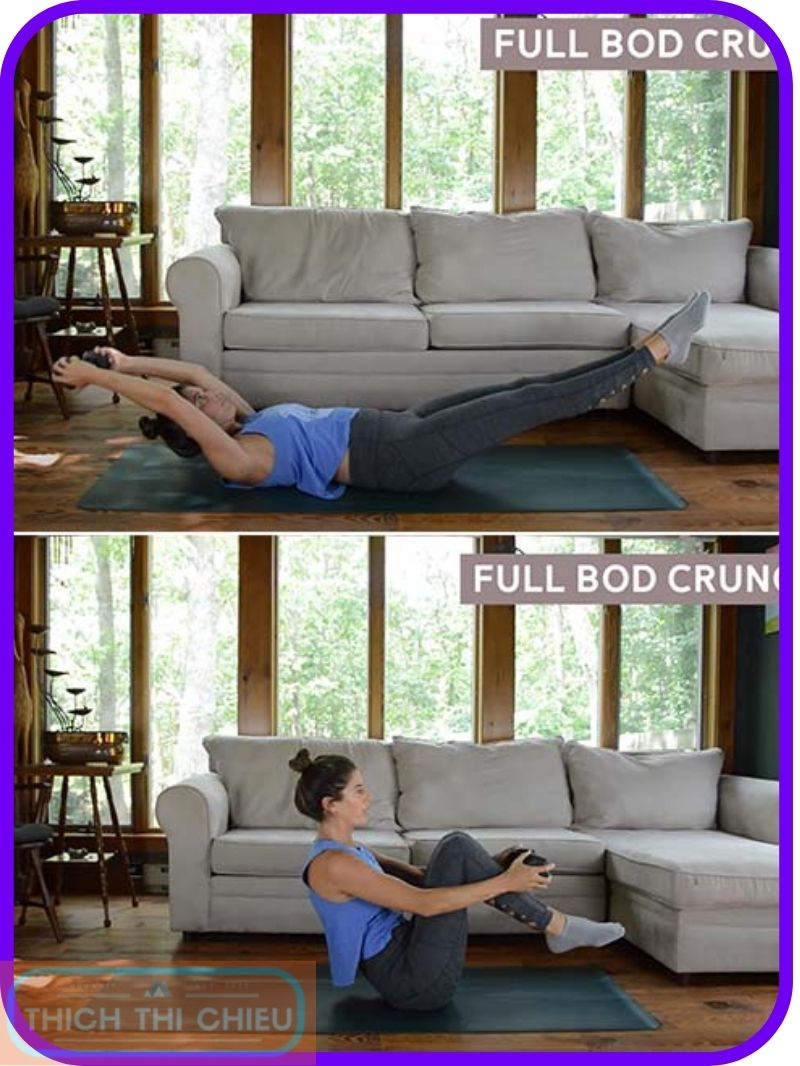
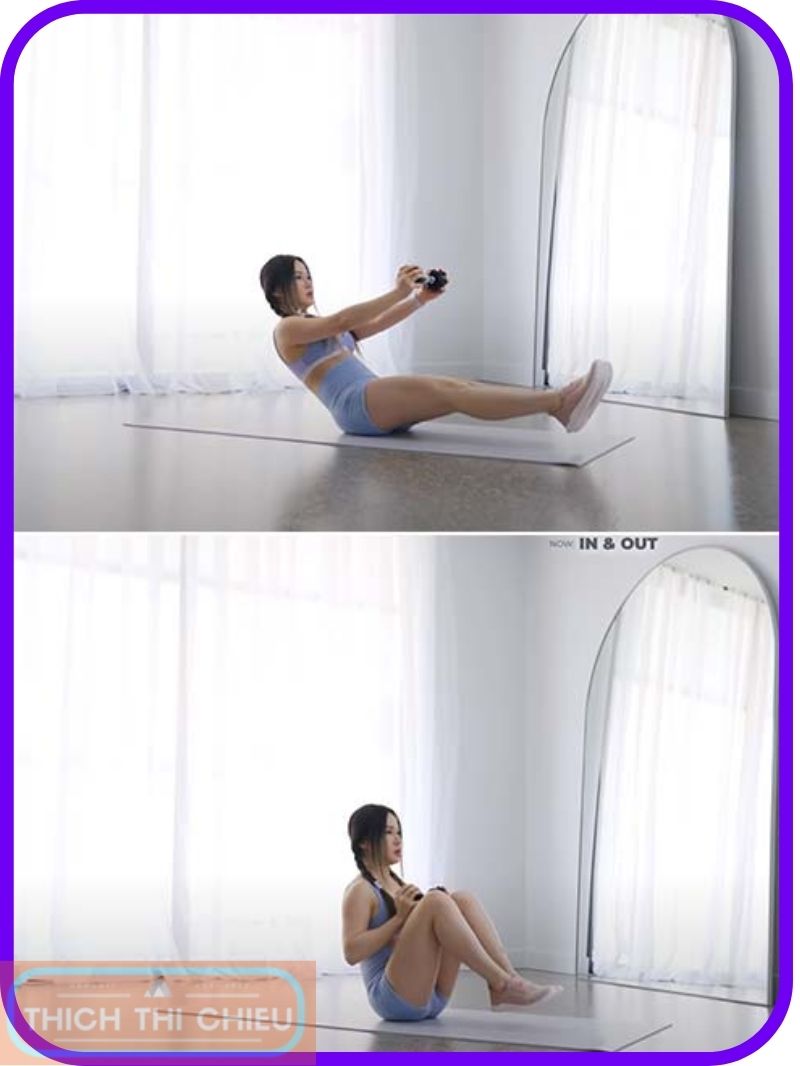

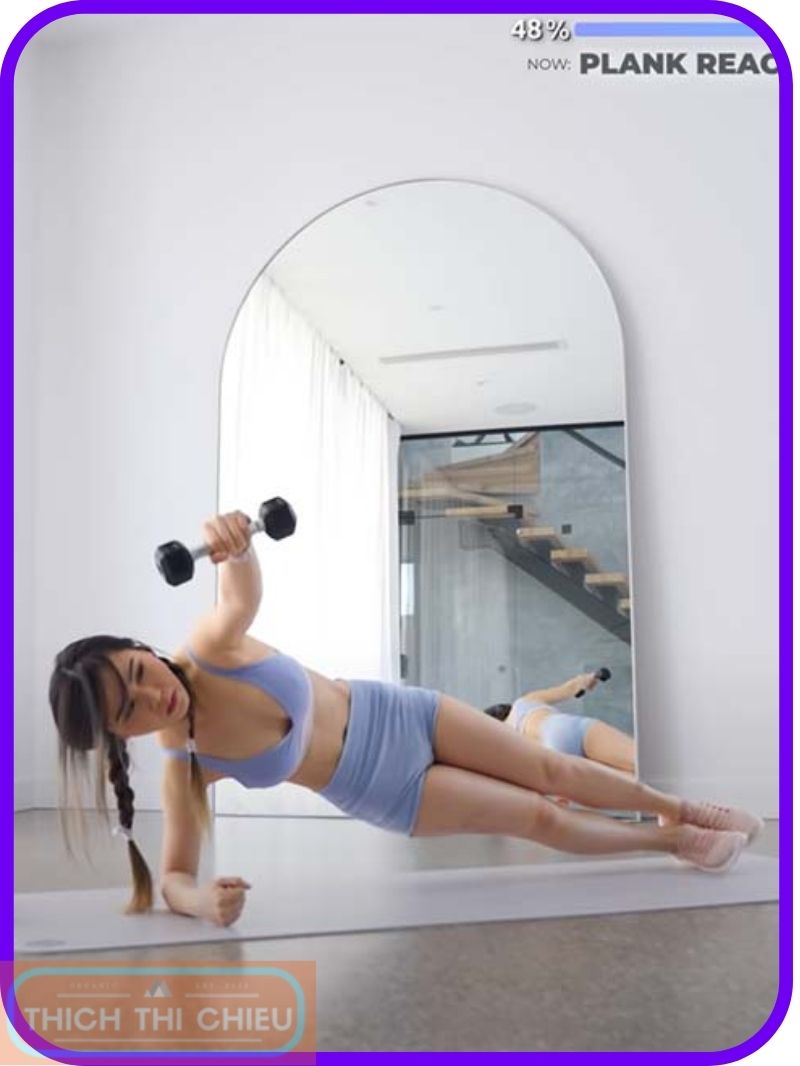
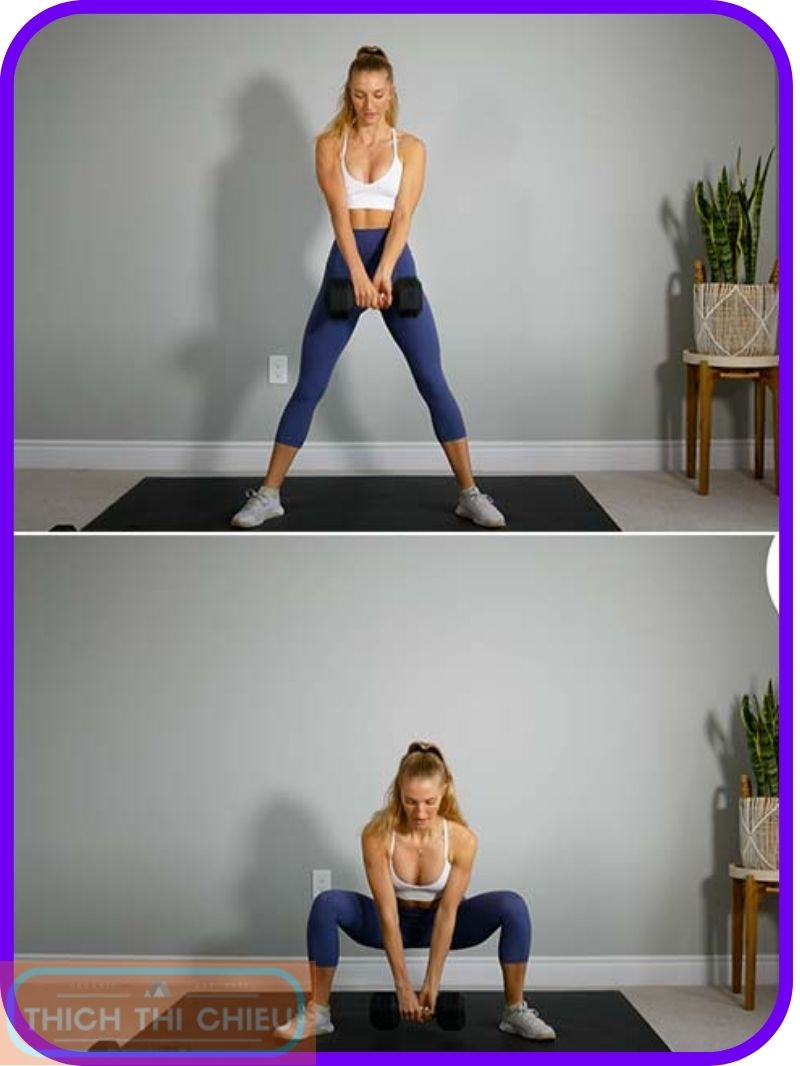
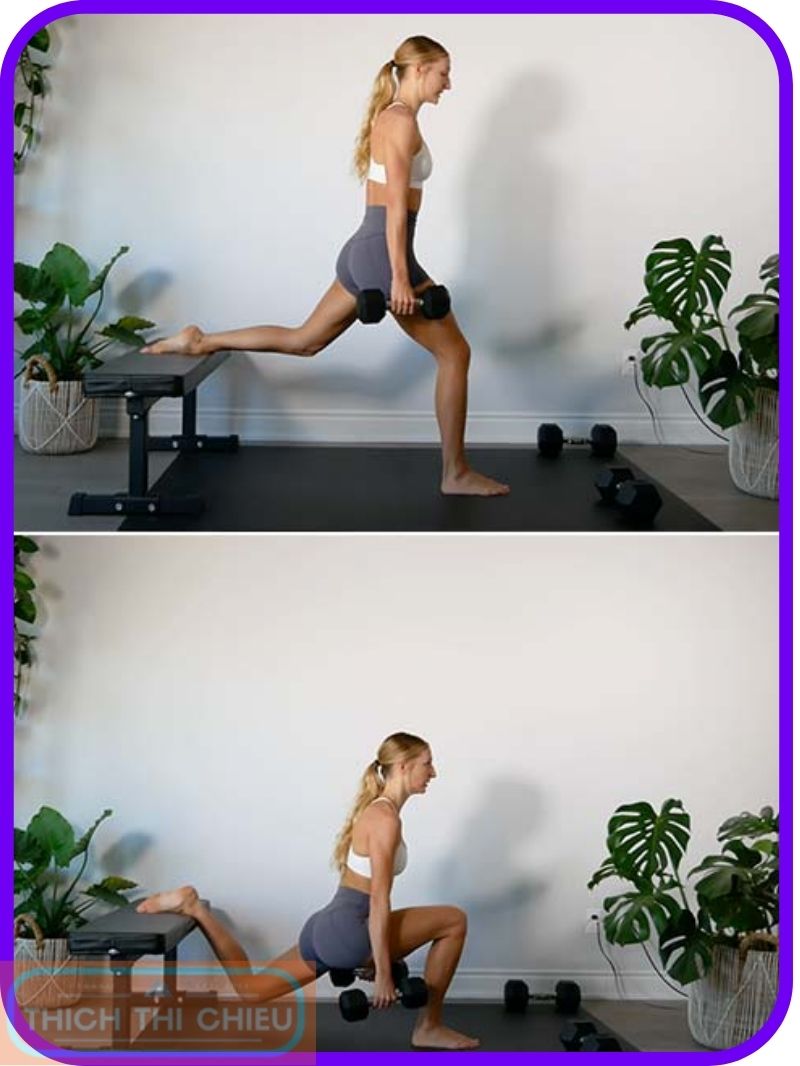
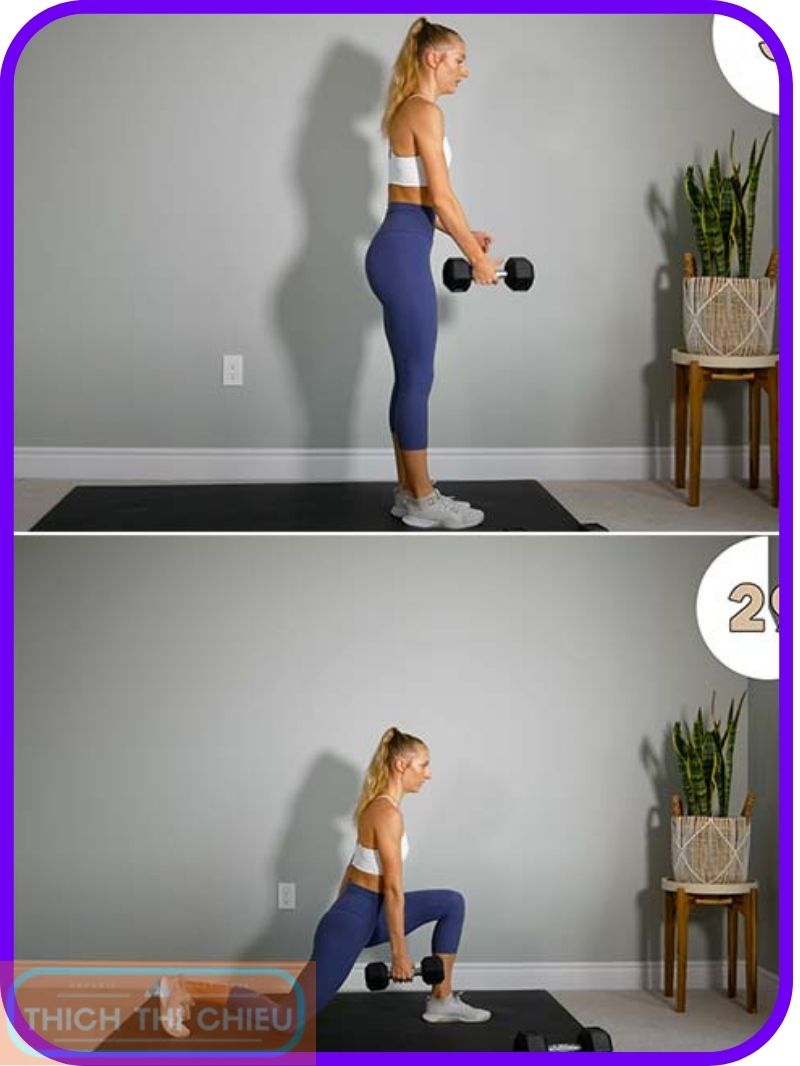
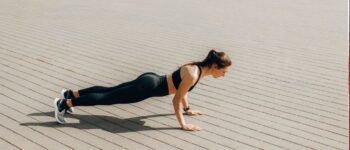
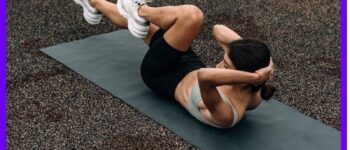



Leave a Reply